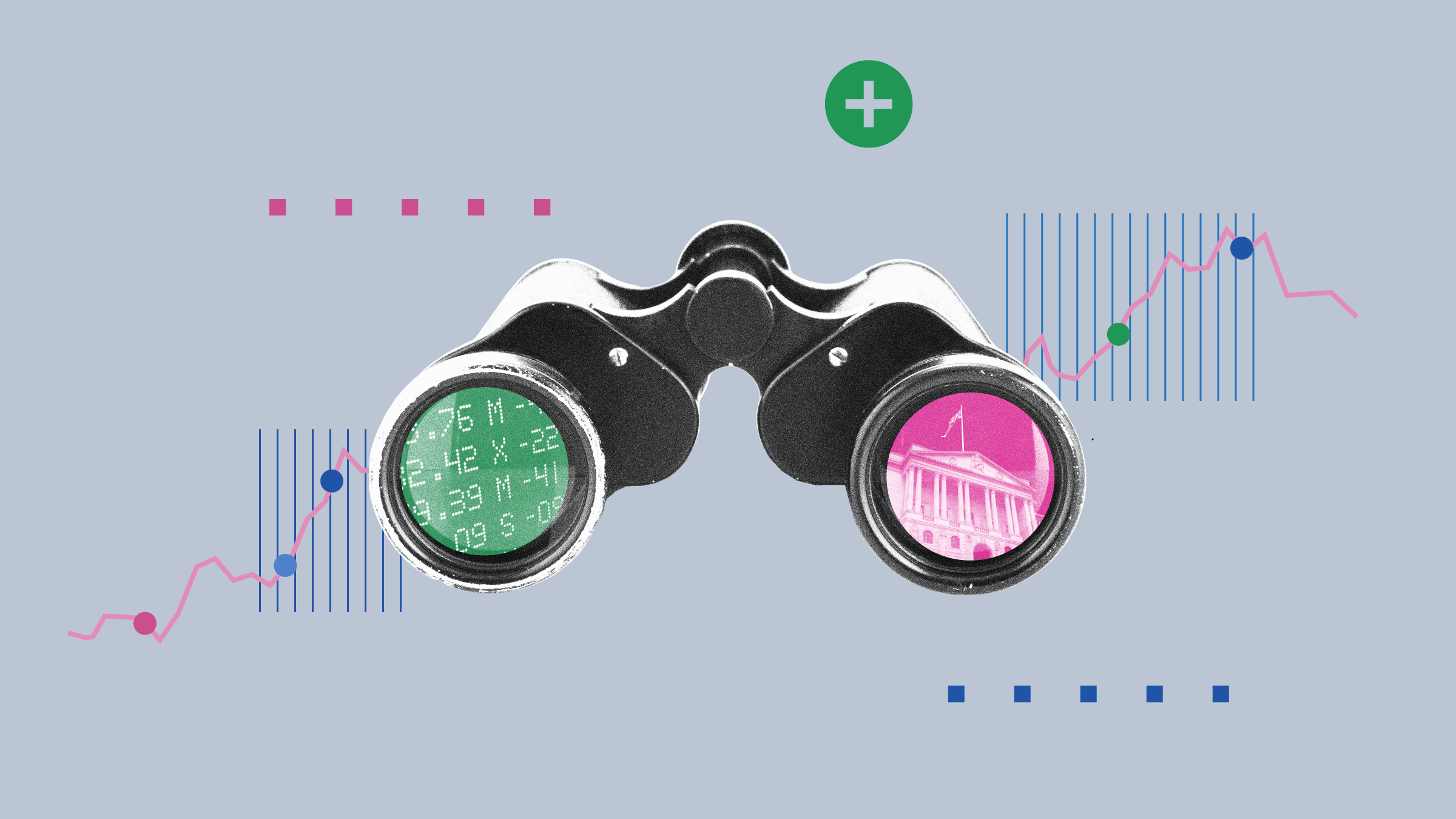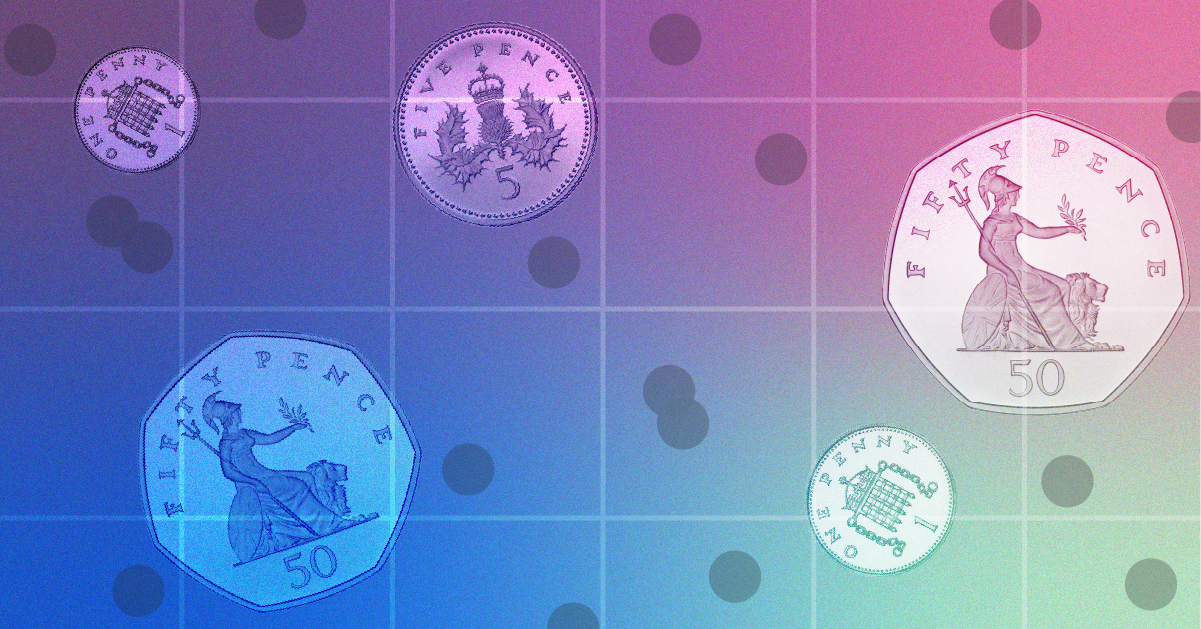Currency shifts are playing an ever more important role in investors’ portfolios – meaning there is increasing pressure on those making asset allocation decisions to consider the long-term drivers of a particular currency. While currency is notoriously difficult to assess with any precision, the Morningstar Investment Management team employ certain techniques that help us avoid the noise and focus on any material long-term implications of our currency convictions.
Is it Possible to Value Currency?
With the pound at an all-time low against the US dollar, it can become immediately tempting to think sterling is grossly undervalued. We take a far more pragmatic approach, using the conceptual theory of the Big Mac index, where the cost of a McDonald’s Big Mac burger in various countries could be a better signal to areas of over or under valuation, and assess a broad definition of ‘fair value’ to determine the likely long-term direction of a currency.

One of our major determinants of fair value is PPP, or purchasing-price-parity, which continues to underpin our long-term currency logic along with other multiple deflators. Historically, this has proved to be a better approach than pegging to past prices or relying on speculative activity, as it shifts the mindset from speculation to fundamental valuation.
Where is Sterling Right Now?
Using a range of ‘fair value’ tests, what we find is that the current value of sterling is lower than ‘fair’ although not abnormally low. This can be illustrated below, where we assess the long-term changes of multiple deflators, such as PPP, CPI and PPI, and compare this to the underlying currency change. What we find is a reasonably strong relationship that tends to mean-revert, allowing an observation to be made on whether the currency is fundamentally under or overvalued.

This can be very insightful information used to achieve currency diversification, however we warn this analysis can benefit substantially from a qualitative overlay. Consequently, while the sterling appears to be among the cheapest currencies according to our methodology – the second cheapest currency of those assessed at the time of writing – we are undertaking a comprehensive project to evaluate the risk-adjusted opportunity.





























